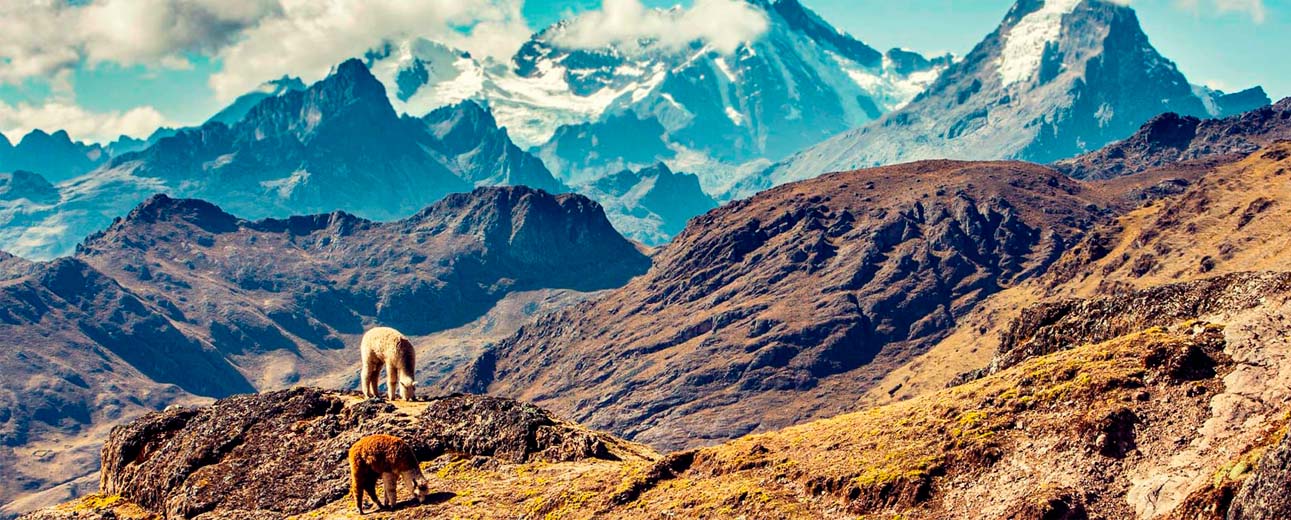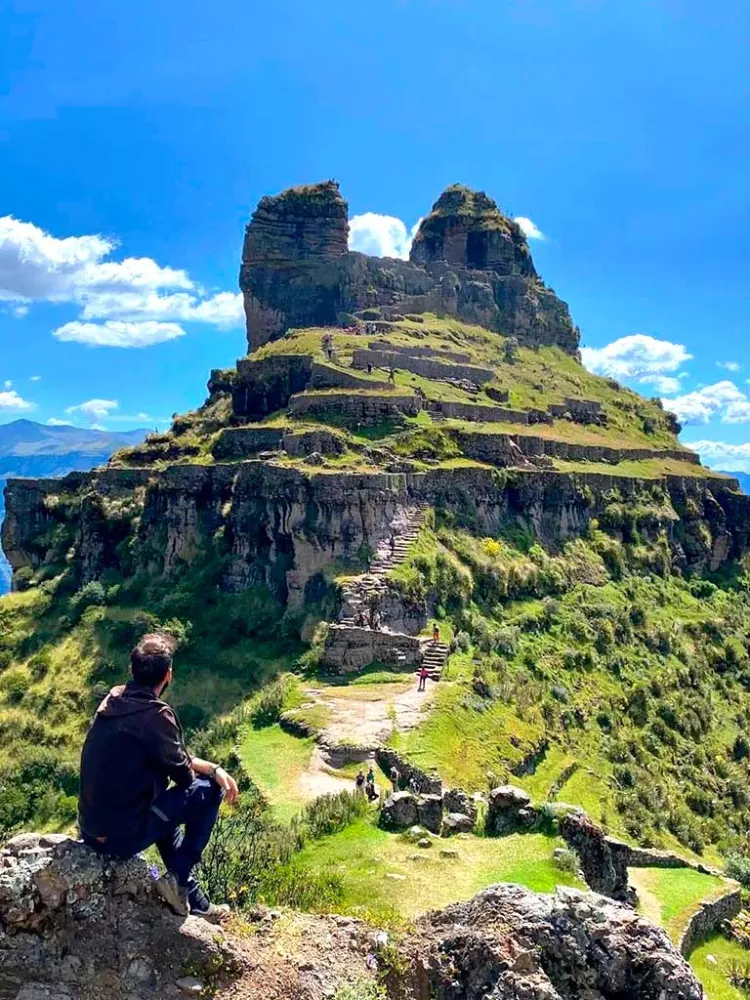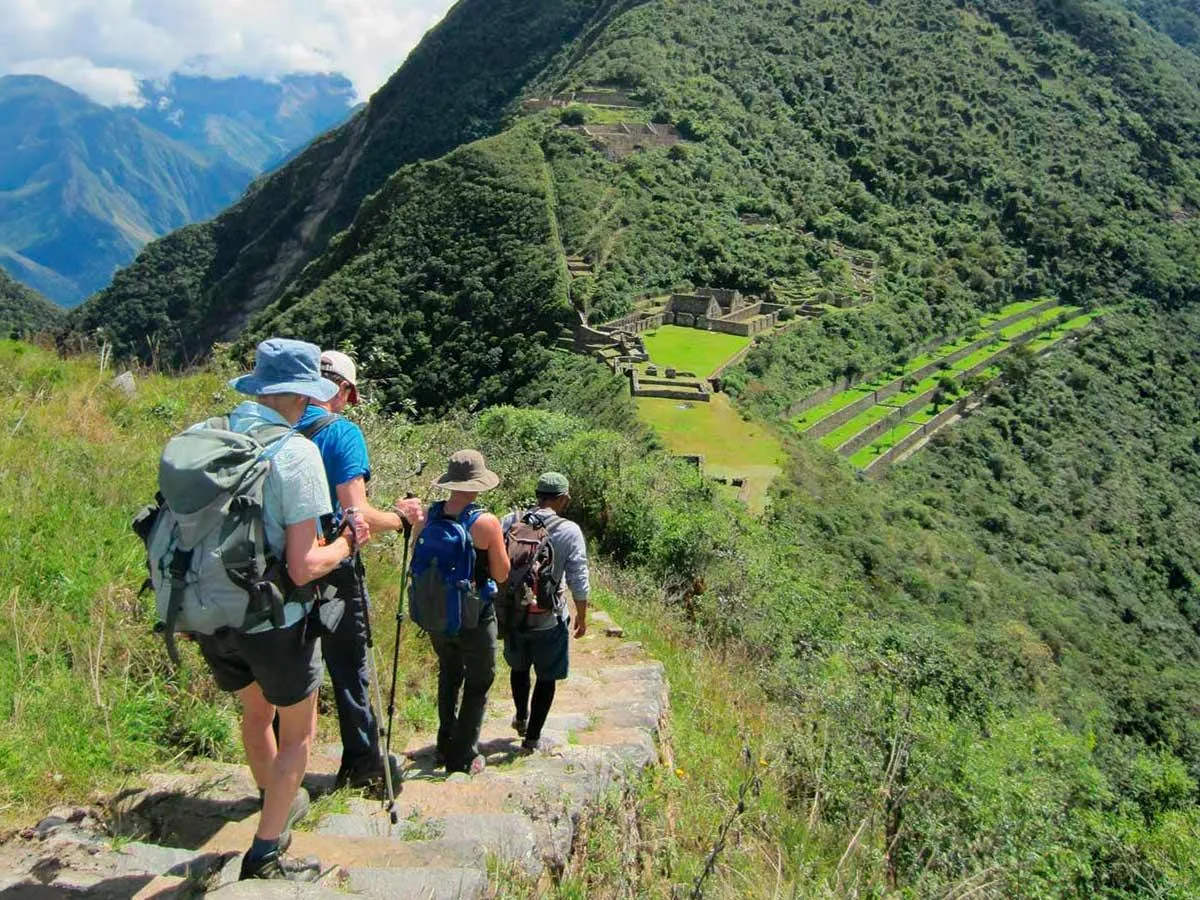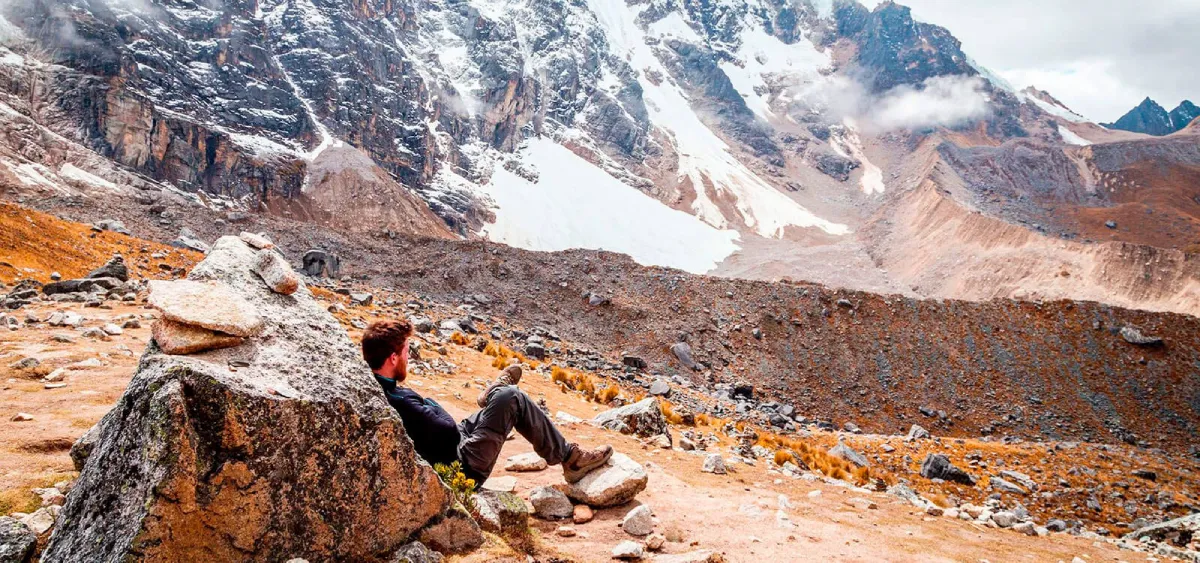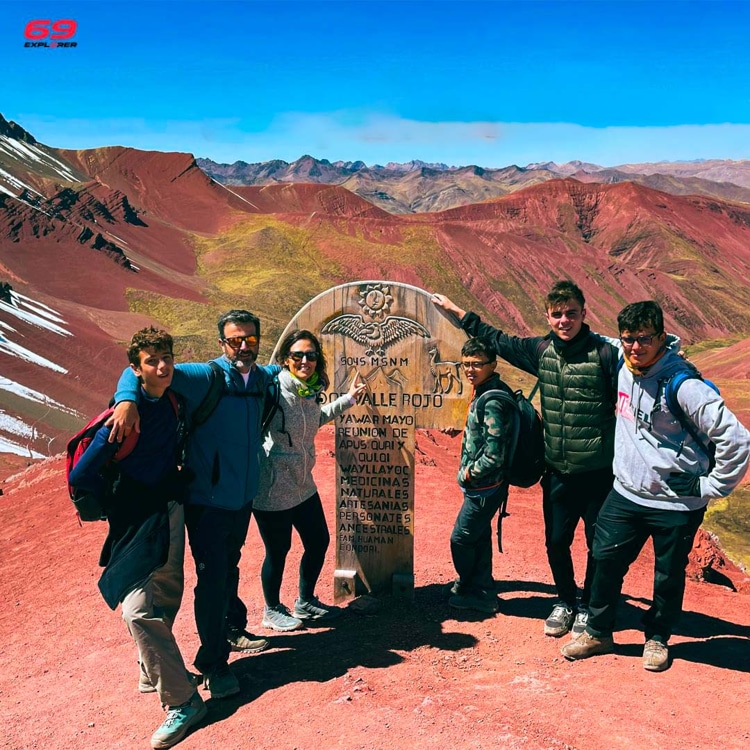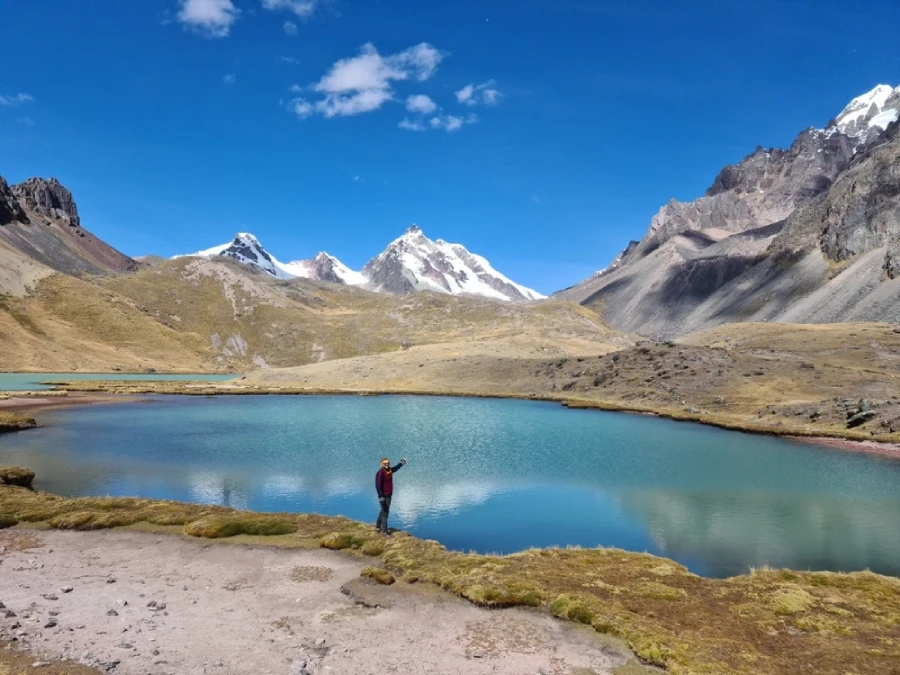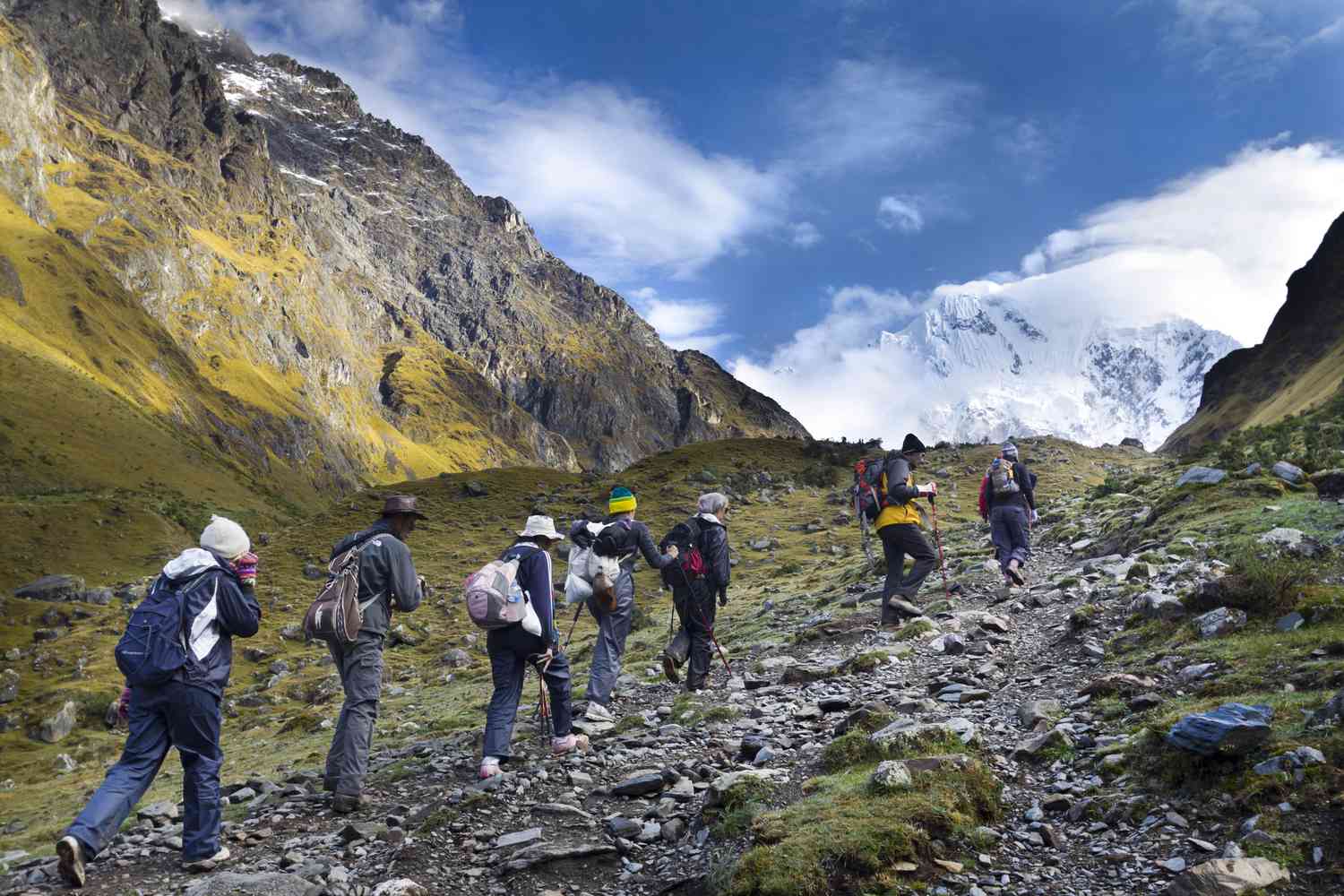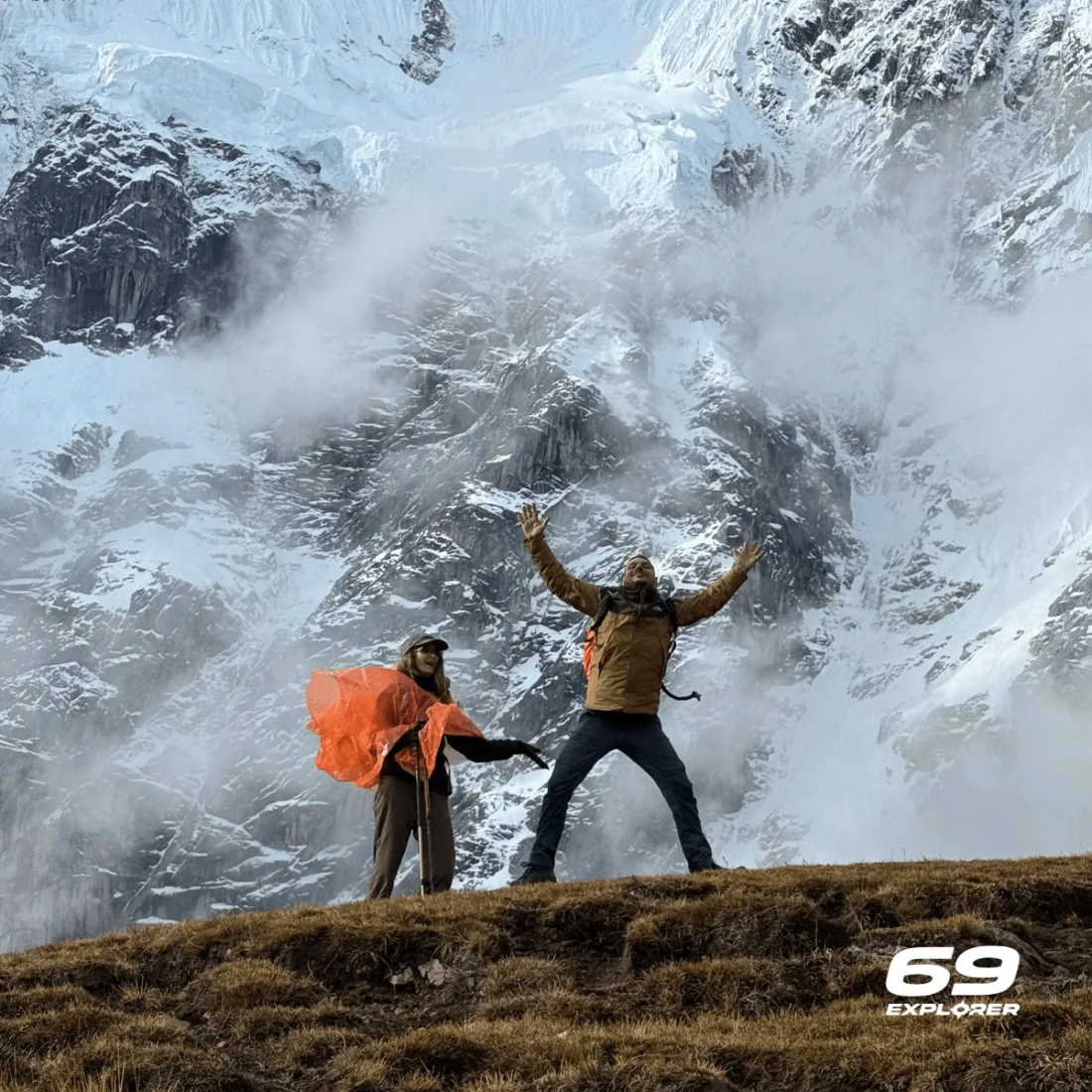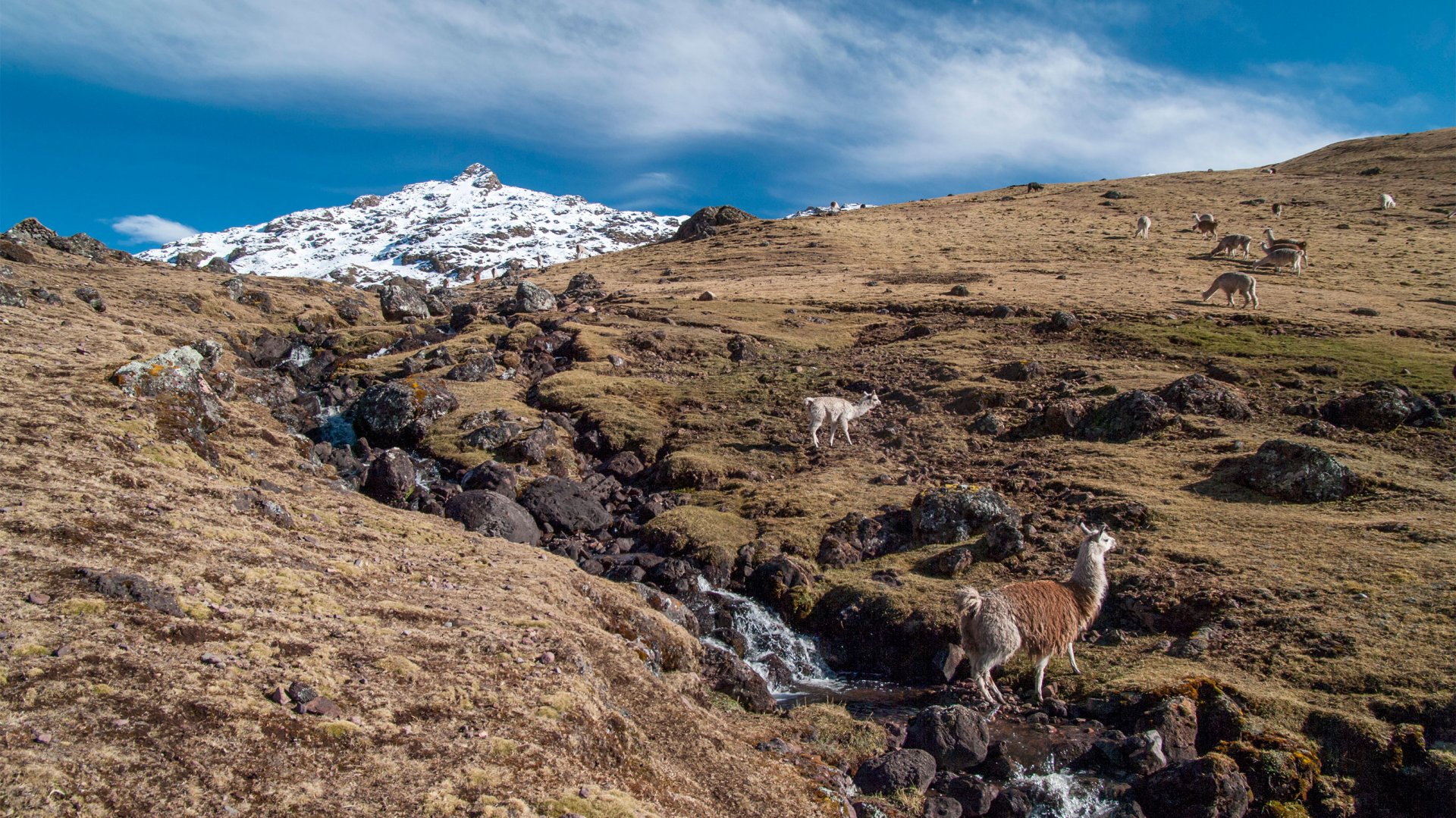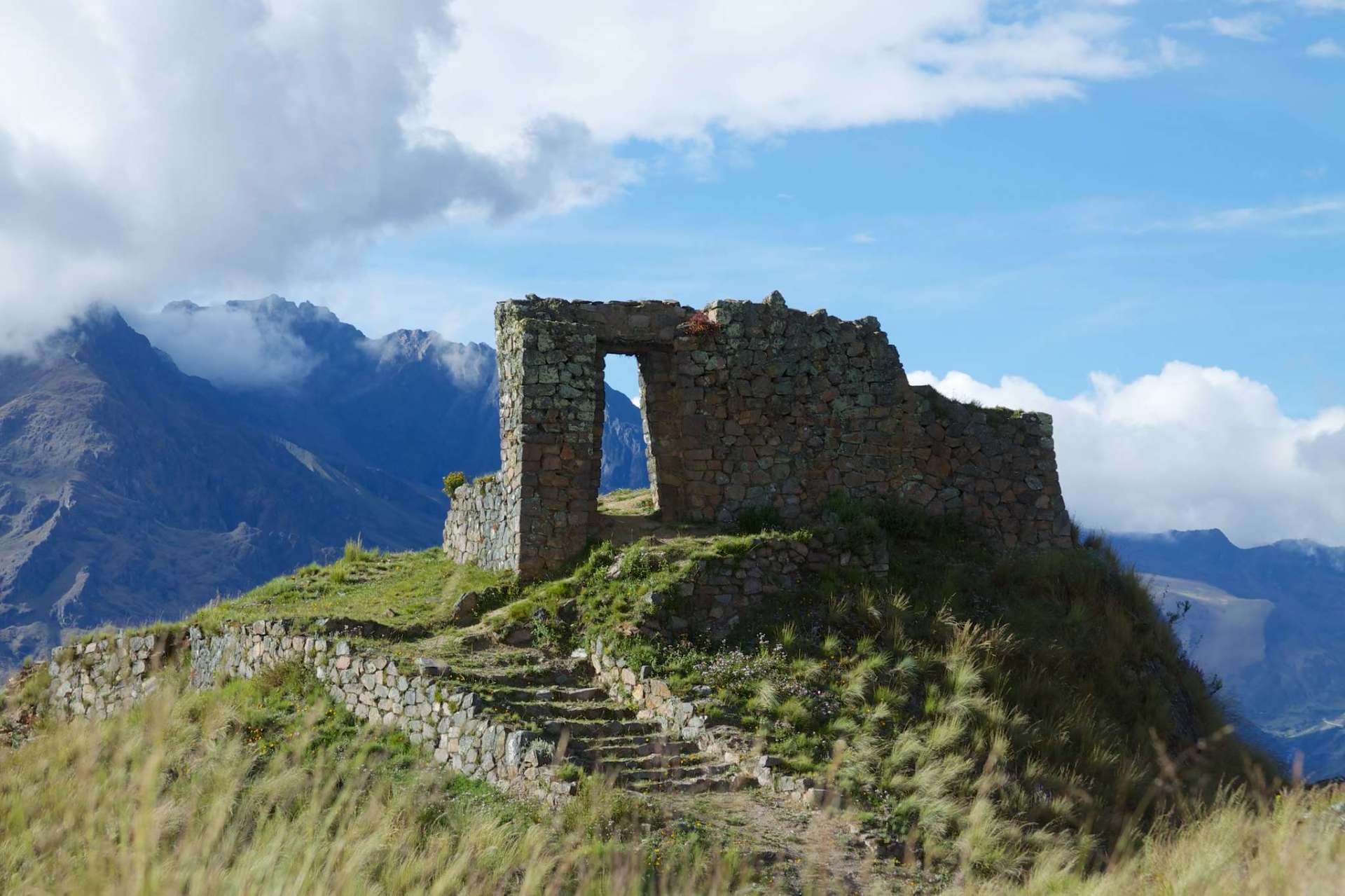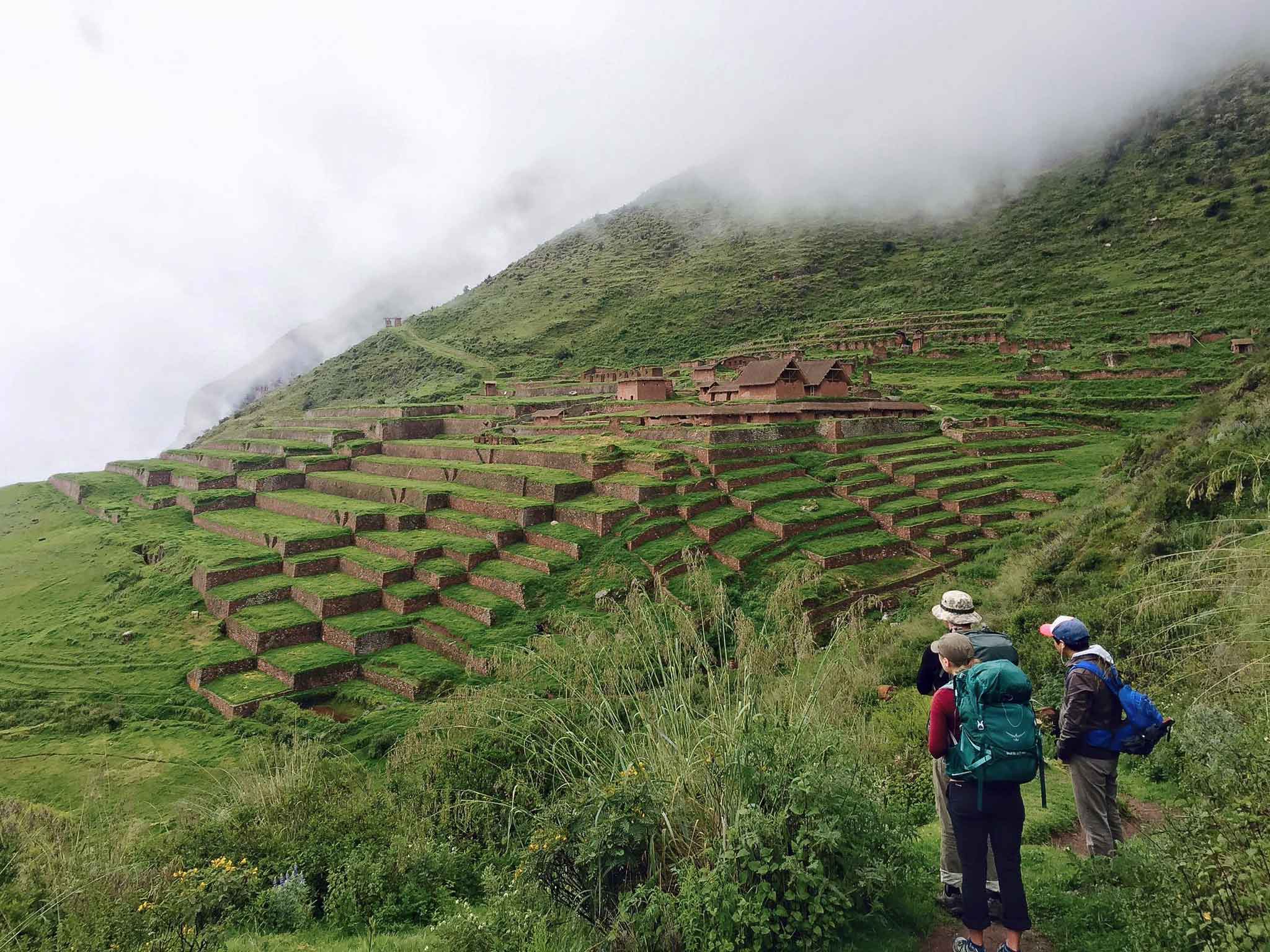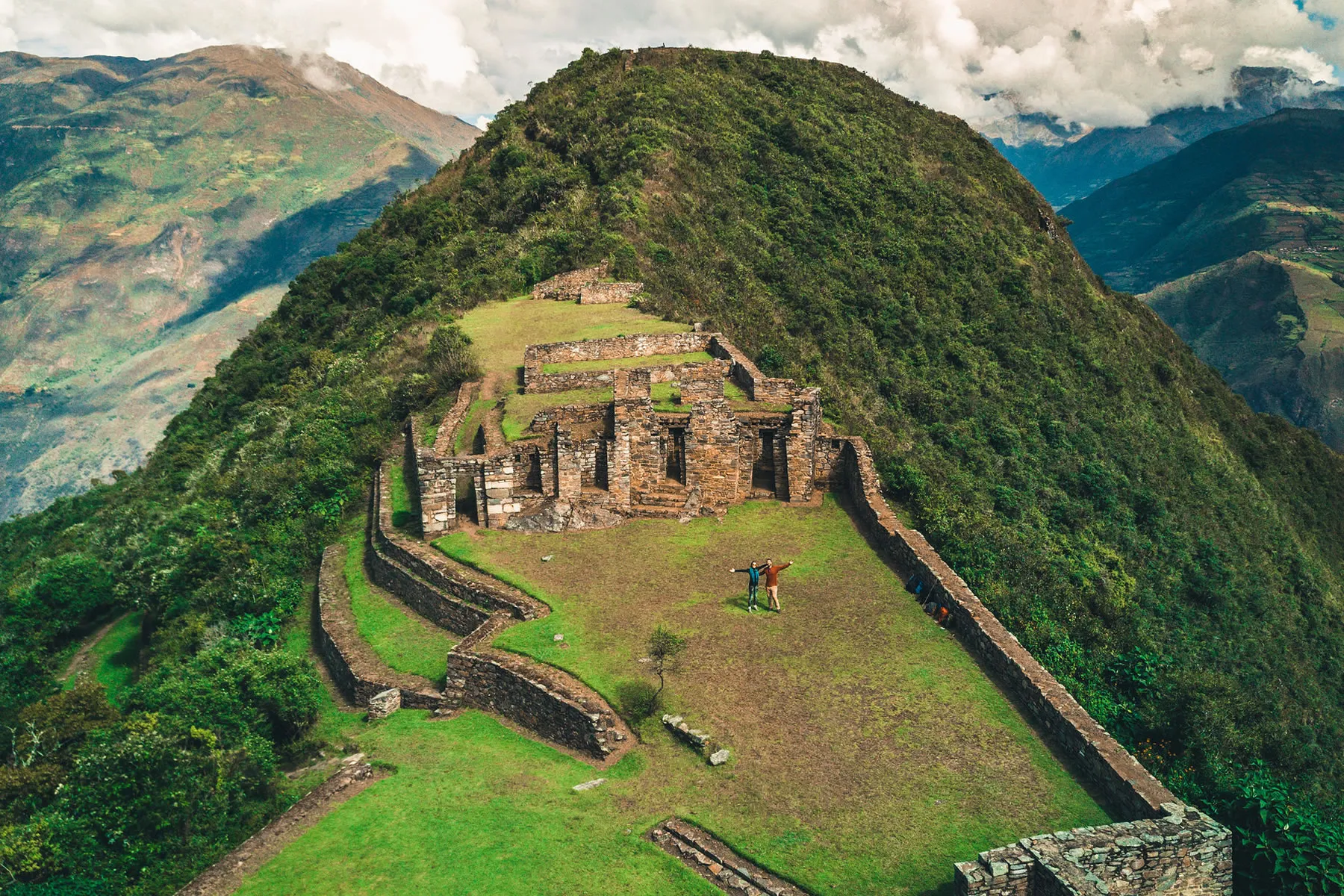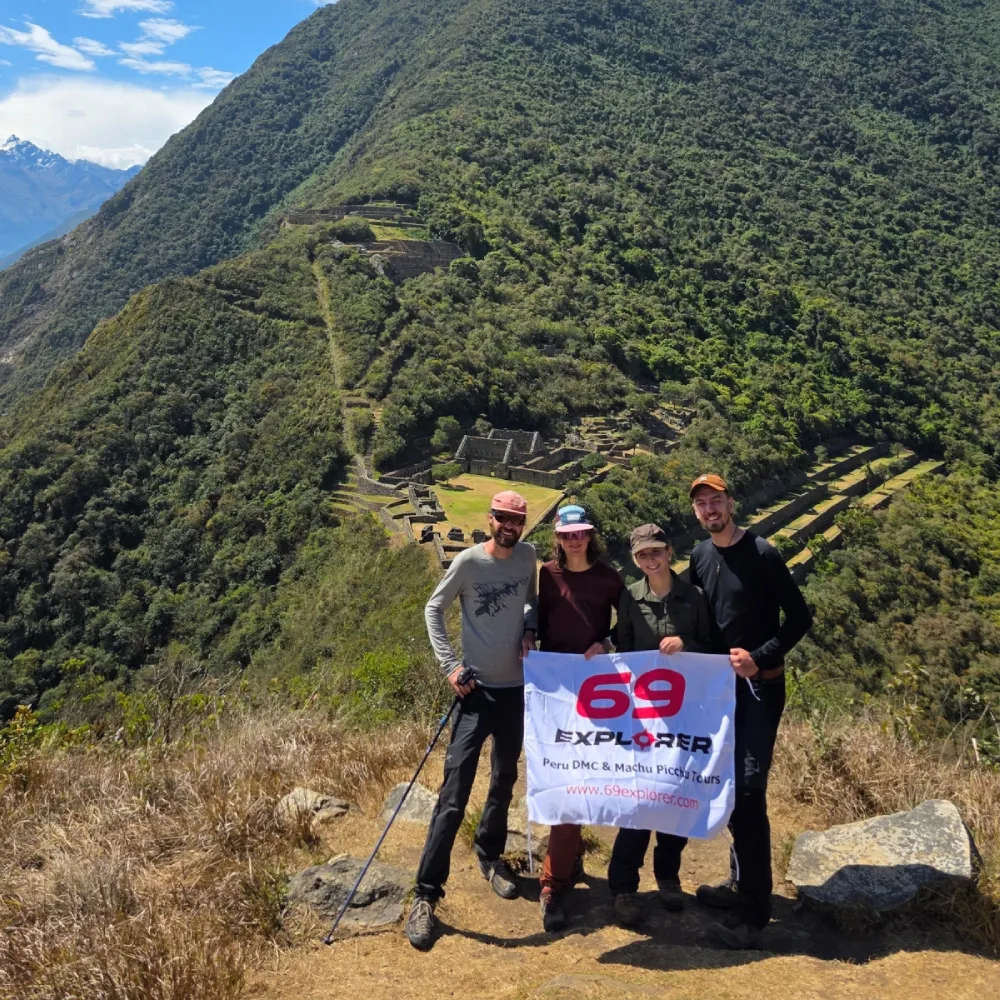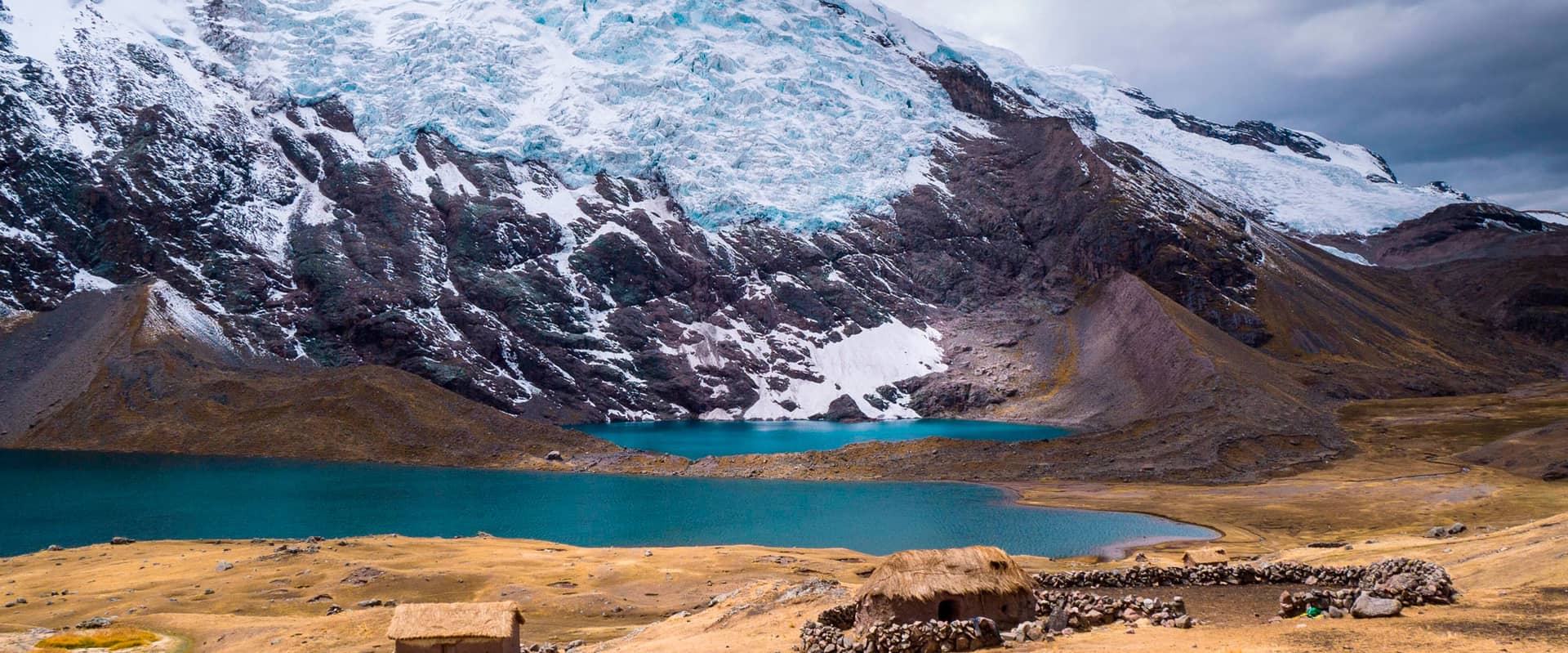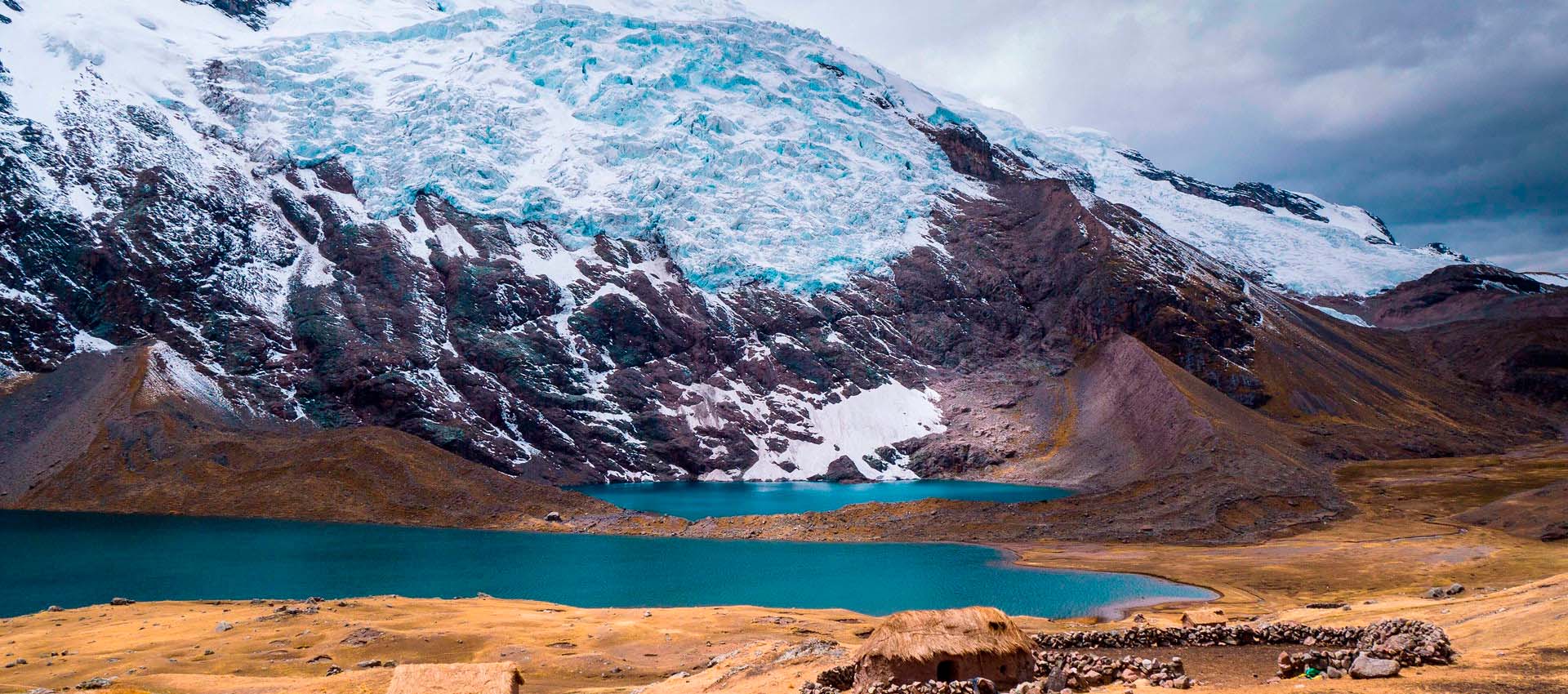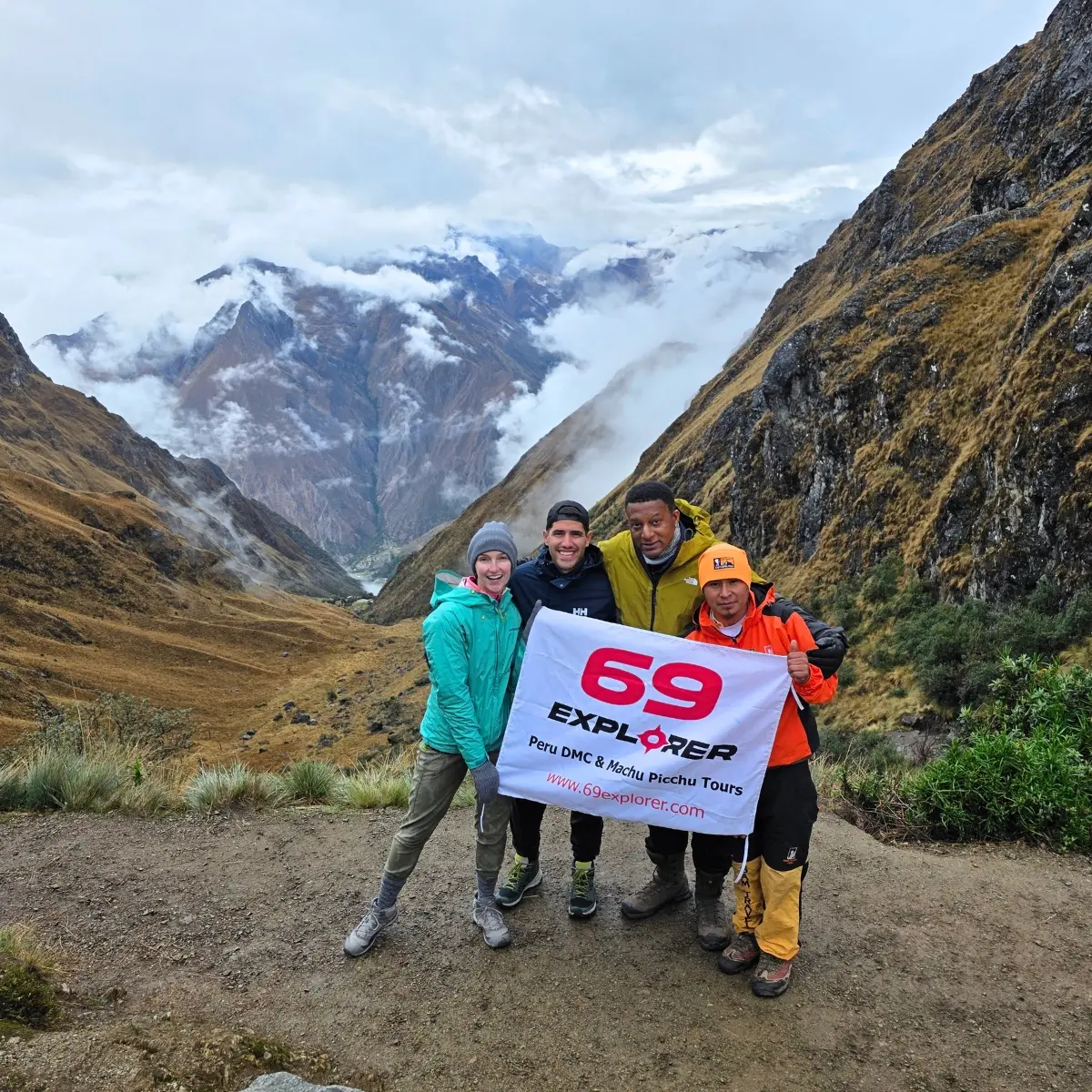Discover, explore the charm of the Peruvian Andes with our Alternative treks
Probably the most famous trek in South America is the Inca Trail but permits sell out faster and faster every year. In order to ensure a spot on this most famous trek in Peru, you better think about booking 6 to 8 months in advance. Not a plan-ahead kind of person? Never fear! There are a lot of alternative treks to Machu Picchu like the Lares Trek or Salkantay trail.
The mountains around Cusco, Peru offer an unending supply of trekking adventures and amazing Inca trail alternatives that are sure to satisfy everyone, from the expert mountaineer to the weekend hiker, the history buff to the nature lover. The Peruvian Andes have something for everyone! Ask our fabulous sales team for more information about alternative treks.
Why take on an Alternative Trek and who are these for?
The alternative treks: Salkantay, Lares, and Choquequirao offer a more authentic and less crowded path to Machu Picchu. They lead through remote valleys, glacier peaks, and traditional Andean villages, revealing landscapes and cultural encounters that the classic Inca Trail can’t always provide. Each route blends challenge and discovery, connecting travelers with the living traditions and wild beauty of the Andes.
These treks are ideal for active and adventurous travelers seeking real connection with nature and local culture. Whether it’s the high mountain passes of Salkantay, the cultural immersion of Lares, or the epic solitude of Choquequirao, each journey rewards hikers with a deeper sense of exploration.
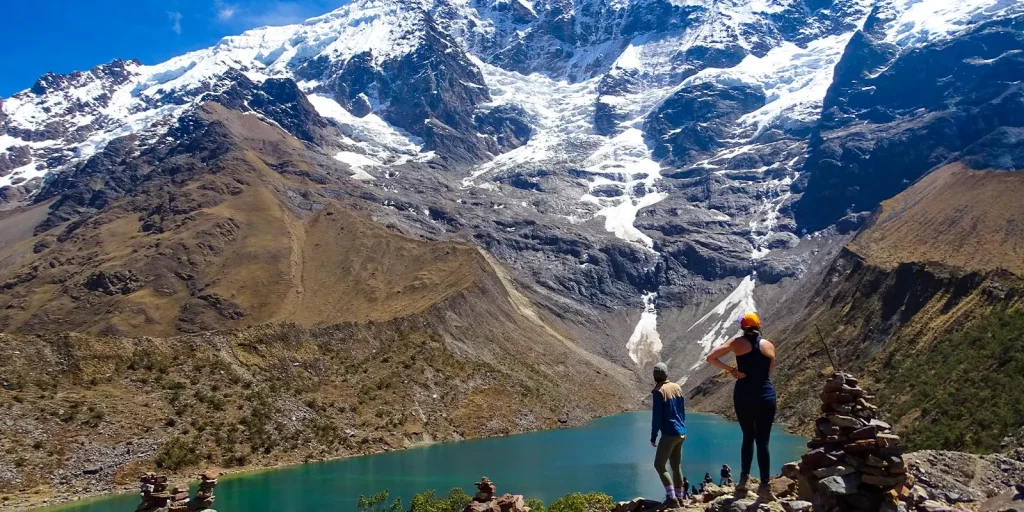
FAQS
The dry season (April to October) is the best time to hike the Salkantay, Lares, or Choquequirao routes. Days are sunny, trails are firm, and views are clear. From November to March, rain becomes frequent, especially at higher altitudes, which can make some sections muddy or more challenging. Still, traveling during the shoulder months (April–May or September–October) offers fewer crowds and greener landscapes.
Each trek offers a unique experience and challenge level:
-Salkantay Trek: Moderately challenging. Reaches 4,650 m (15,255 ft) at Salkantay Pass with high-altitude hiking and variable terrain. Suitable for fit travelers with some trekking experience.
-Lares Trek: Moderate. Peaks at around 4,400 m (14,435 ft), passing through Andean villages and hot springs. Less steep than Salkantay and great for cultural immersion.
-Choquequirao Trek: Demanding. Steep climbs and descents through remote valleys, often compared to the Inca Trail in difficulty. Reaching the ruins requires stamina, but the solitude and scenery are unmatched.
Good acclimatization in Cusco (2–3 days) before any trek is highly recommended.
-Salkantay Trek: 4 to 5 days (ending in Aguas Calientes, near Machu Picchu).
-Lares Trek: 3 to 4 days (usually combined with a train or bus ride to Machu Picchu).
-Choquequirao Trek: 4 to 9 days, depending on whether you return the same way or continue to Machu Picchu through Yanama.
Shorter or extended versions exist depending on the itinerary and your travel goals.
Essentials include:
-Lightweight, moisture-wicking clothing and a warm layer for cold nights.
-Good hiking boots, hat, gloves, and rain gear.
-Reusable water bottle, sunscreen, insect repellent, and personal medication.
-Trekking poles (especially for Choquequirao).
If you book a guided tour, mules or porters typically carry your main luggage, so you only need a small daypack on the trail.
While independent hiking is technically possible, a licensed guide or organized tour is highly recommended for safety, logistics, and cultural context—especially for Choquequirao, where navigation and camping logistics can be complex. Guided treks include meals, camping equipment, and permits, making the experience smoother and more enriching.
All of our guided packages on the Salkantay and Lares routes include entrance tickets and bus/train connections to Machu Picchu.
For Choquequirao, the standard trek ends at the archaeological site of Choquequirao, but longer expeditions continue toward Machu Picchu, including both sites.

